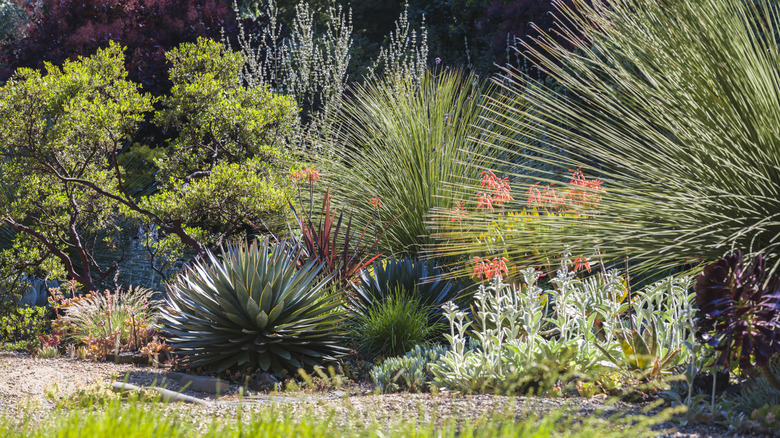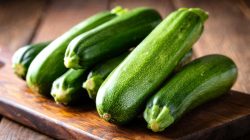The Perfect Ground Cover for Low-Maintenance Gardens
When it comes to choosing the right ground cover for your garden, finding a plant that both enhances the visual appeal and requires minimal care can be a challenge. Some plants may fill space effectively but lack aesthetic value, while others might offer vibrant color but demand excessive water or maintenance. If you’re searching for a solution that combines beauty with ease of care, winecup (Callirhoe involucrata) could be the ideal choice for your garden.
Winecup is a native perennial that grows low to the ground, typically reaching a height of 6 to 12 inches, and spreads up to 3 feet wide. Its soft, colorful mat makes it perfect for covering slopes, rock walls, or any sunny, open area. Unlike other ground covers that might overwhelm nearby plants, winecup maintains a tidy growth habit, offering structure without taking over. Once established, it thrives in tough conditions with little effort, making it an excellent option for gardeners who want vibrant color without the hassle.
Why Winecup Is Worth Planting
One of the standout features of winecup is its ability to add bold color to your garden. The plant produces vibrant, chalice-shaped flowers that bloom in early spring, around March or April, creating a soft, eye-catching carpet that brings life to any space. These flowers gently sway in the breeze, adding movement and charm to your garden. What makes winecup particularly appealing is that it’s one of the easiest plants to grow, even for beginners.
With deep roots, winecup is well-suited for dry, sunny areas and requires minimal watering once it’s established. This makes it a smart choice for xeriscaping or for those looking to reduce their water usage. As a native perennial, it adapts well to various soil types, including sandy, loamy, clay, and even poor or rocky soils. This adaptability ensures that it’s easy to grow and maintain.
In addition to its resilience, winecup is naturally resistant to pests and most diseases. The only potential issue to watch out for is crown rot, which can occur if the soil doesn’t drain properly. Fortunately, this plant also attracts bees and butterflies, supporting pollinators while enhancing the liveliness of your garden. It pairs well with Missouri primrose, lamb’s ears, yarrow, columbine, daylilies, and prickly pear cactus, adding both color and diversity to your space.
Under the right conditions, winecup can also self-sow, gradually spreading on its own and providing even more coverage without extra work.
How to Plant and Grow Winecup Successfully
To successfully grow winecup, start by selecting a bright spot in your garden. This ground cover thrives in full sun and will bloom best when it receives plenty of sunlight. It is suitable for USDA Zones 4 through 9, provided the soil is well-draining. Avoid heavy clay or soggy soils, as these can lead to crown rot and damage the roots.
A helpful tip to increase the germination rate of winecup seeds is to scarify them by lightly roughing up the outer shell. This helps the seeds sprout more easily. When planting, sow the seeds about ⅛ inch deep in late summer or early fall. Keep the soil moist initially, as regular watering is important during the early growth stages. Once the plant is settled in, you can reduce watering, as winecup develops a deep taproot and becomes drought-tolerant.
To encourage fresh growth, consider cutting back the foliage in early spring. This simple step helps maintain the plant’s appearance and keeps it looking its best throughout the growing season.
Whether you’re a seasoned gardener or just starting out, winecup offers a beautiful, low-maintenance solution that adds color and character to any garden. With its resilience, adaptability, and ability to attract pollinators, it’s a plant worth considering for your outdoor space.







